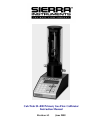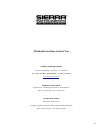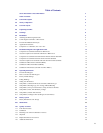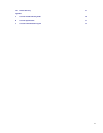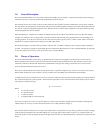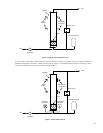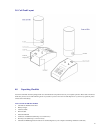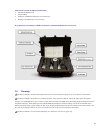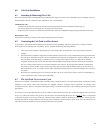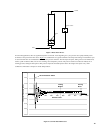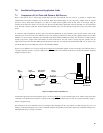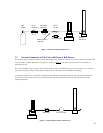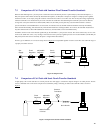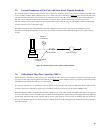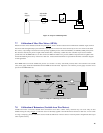3
Table of Contents
Sierra Instruments Contact Information 2
Table of Contents 3
1.0 General Description 5
2.0 Theory of Operation 5
3.0 Cal=Trak Layout 7
4.0 Unpacking Checklist 7
5.0 Warnings 8
6.0 Installation 9
6.1 Attaching and Removing Flow Cells 9
6.2 Connecting the Cal=Trak to a Flow Source 9
6.3 The Cal=Trak Measurement Cycle 9
6.4 Application Precautions 11
6.5 Comparison vs. Calibration, the “4-to-1 rule” 11
7.0 Installation Diagrams and Application Guide 12
7.1 Comparison of Cal=Trak with Piston or Bell Provers 12
7.2 Vacuum Comparison of Cal=Trak with Piston or Bell Provers 13
7.3 Comparison of Cal=Trak with Laminar Flow Element Transfer Standards 14
7.4 Comparison of Cal=Trak with Sonic Nozzle Transfer Standards 14
7.5 Vacuum Comparison of Cal=Trak with Sonic Nozzle Transfer Standards 15
7.6 Calibration of Mass Flow Controllers (MFCs) 15
7.7 Calibration of Mass Flow Meters (MFMs) 16
7.8 Calibration of Rotameters (Variable Area Flow Meters) 16
8.0 Operating Instructions 17
8.1 The Cal=Trak Keypad 18
8.2 How to Use the Cal=Trak Keypad 18
8.3 Factory Default Settings 19
8.4 Taking Readings 19
8.5 Setting User Preferences 20
8.6 Setup Menu 1, Calibration ID #, Gas Constant, Calibration Type 20
8.7 Setup Menu 2, Reading Type, # in Average, Minutes/Reading 21
8.8 Setup Menu 3, Temp. Correction Factor, Temp. & Pressure Formats 21
8.9 Setup Menu 4, Date, Time & Battery Voltage 21
8.10 Setup Menu 5, Date & Time Formats 22
8.11 Setup Menu 6, Leakage & LCF (Leakage Correction Factor) 22
9.0 Battery System 22
9.1 Battery Maintenance and Storage 22
10.0 Maintenance 22
11.0 Quality Assurance 23
11.1 Leak Test Procedure 23
11.2 Calibration 24
11.3 Returning Your Unit for Calibration or Service 25
14.4 Shipment 25
11.5 Replacement Parts & Accessories 25
11.6 Additional Information 26



